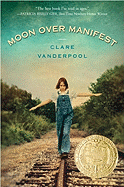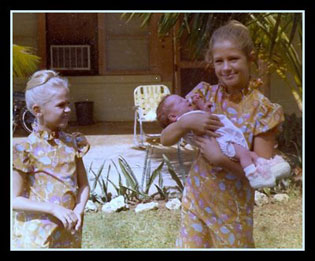 It has been both fun and challenging to tell the Spaceheadz story across media. Print is a controlled, linear form of storytelling. As the author, I control the pace of the story by its position on the page. In contrast, digital storytelling is a whole different form; different parts of the story can be accessed at different times and in different ways.
It has been both fun and challenging to tell the Spaceheadz story across media. Print is a controlled, linear form of storytelling. As the author, I control the pace of the story by its position on the page. In contrast, digital storytelling is a whole different form; different parts of the story can be accessed at different times and in different ways.Guest Blogger: Jon Scieszka
 It has been both fun and challenging to tell the Spaceheadz story across media. Print is a controlled, linear form of storytelling. As the author, I control the pace of the story by its position on the page. In contrast, digital storytelling is a whole different form; different parts of the story can be accessed at different times and in different ways.
It has been both fun and challenging to tell the Spaceheadz story across media. Print is a controlled, linear form of storytelling. As the author, I control the pace of the story by its position on the page. In contrast, digital storytelling is a whole different form; different parts of the story can be accessed at different times and in different ways.
 Would you like to listen to this year's award-winning authors and illustrators on their inspirations and influences? In this post, enjoy brief TeachingBooks.net recordings with the 2011 John Newbery, Randolph Caldecott, Michael L. Printz, Robert F. Sibert, Coretta Scott King, Pura Belpré, and Theodor Seuss Geisel medalists.
Would you like to listen to this year's award-winning authors and illustrators on their inspirations and influences? In this post, enjoy brief TeachingBooks.net recordings with the 2011 John Newbery, Randolph Caldecott, Michael L. Printz, Robert F. Sibert, Coretta Scott King, Pura Belpré, and Theodor Seuss Geisel medalists. While the pressures in education today are very real, the joy, passion, and commitment that teachers bring to the profession can assist them when the challenges are great. This month’s column highlights online resources that are sure to bring a little levity to the classroom and elicit a few smiles and laughs.
While the pressures in education today are very real, the joy, passion, and commitment that teachers bring to the profession can assist them when the challenges are great. This month’s column highlights online resources that are sure to bring a little levity to the classroom and elicit a few smiles and laughs. When I was a child I resented the stories I read about the ugly mean older sisters. Why did the youngest have to be the kind beautiful one? And why did the eldest always seem to possess the worst flaws? I remember thinking, if I were a writer, I'd never bow down to that storytelling tradition. I'd write a story about the gorgeous gentle-spirited oldest daughter with the two dreadful younger sisters. If you haven't already figured it out, I'm a first born.
When I was a child I resented the stories I read about the ugly mean older sisters. Why did the youngest have to be the kind beautiful one? And why did the eldest always seem to possess the worst flaws? I remember thinking, if I were a writer, I'd never bow down to that storytelling tradition. I'd write a story about the gorgeous gentle-spirited oldest daughter with the two dreadful younger sisters. If you haven't already figured it out, I'm a first born.